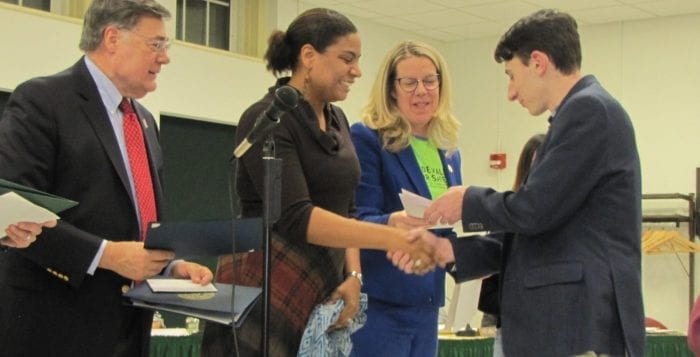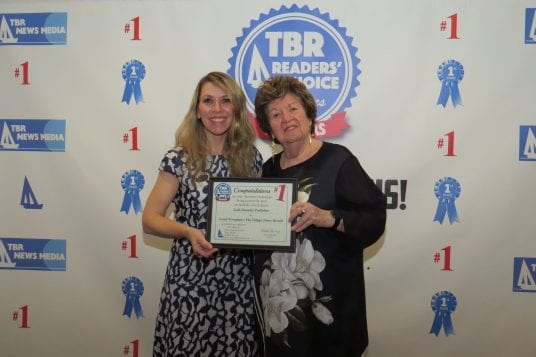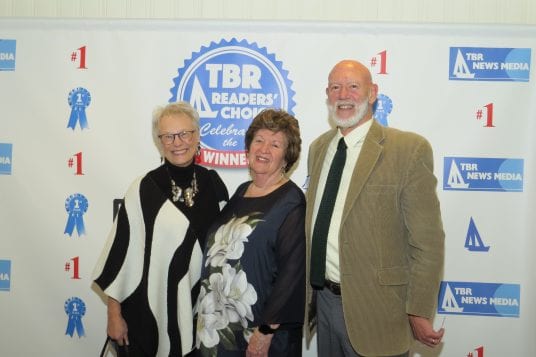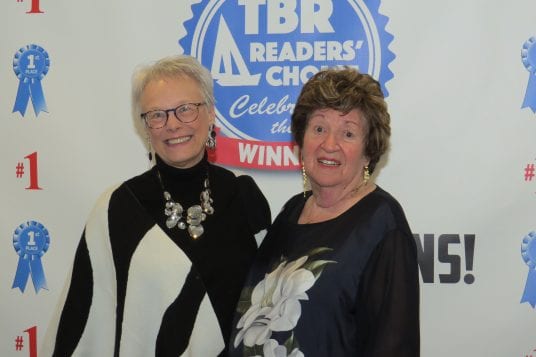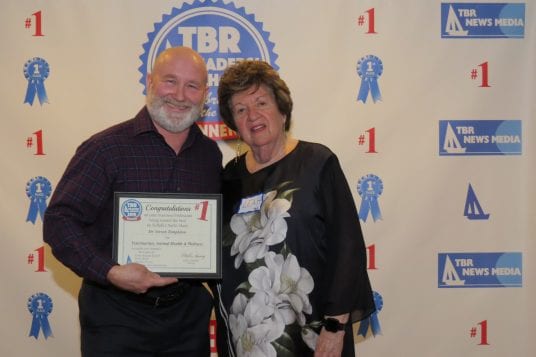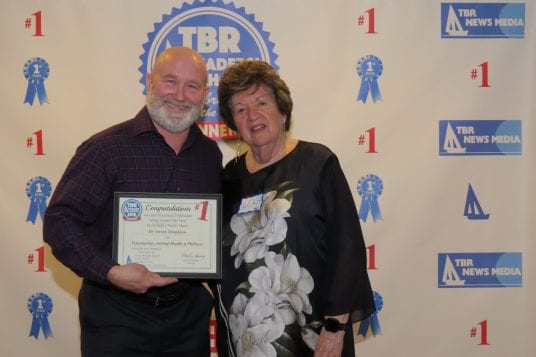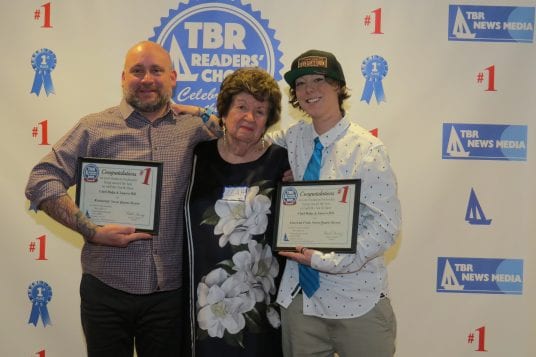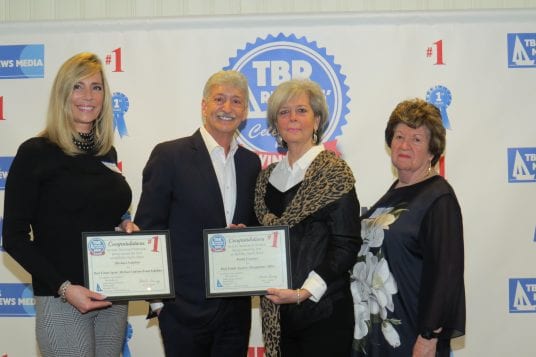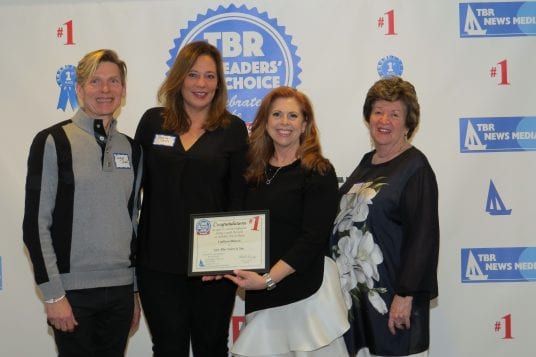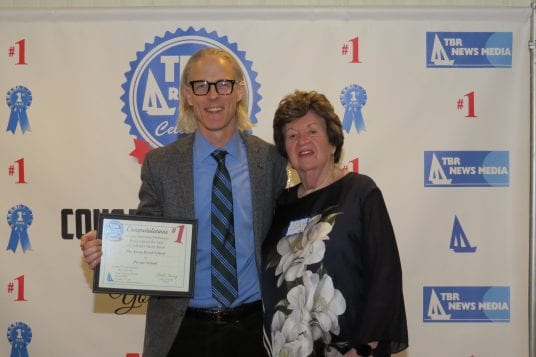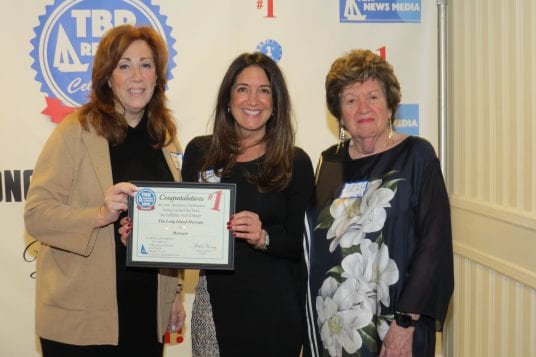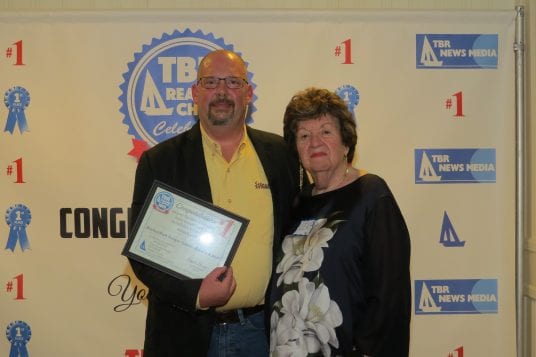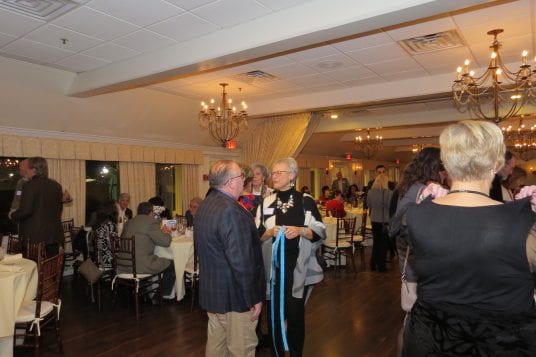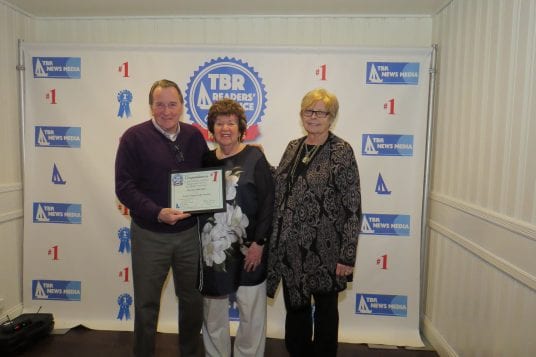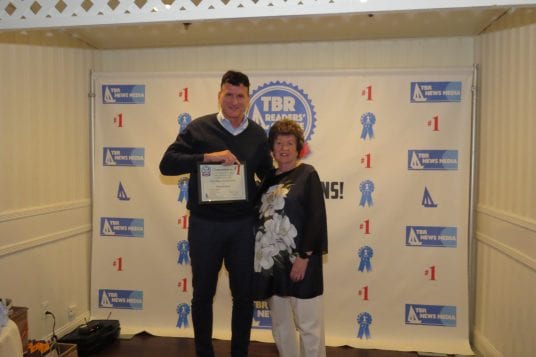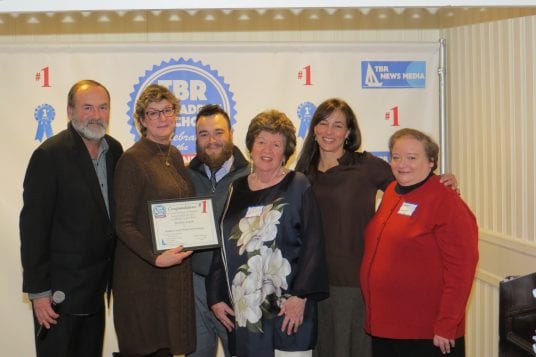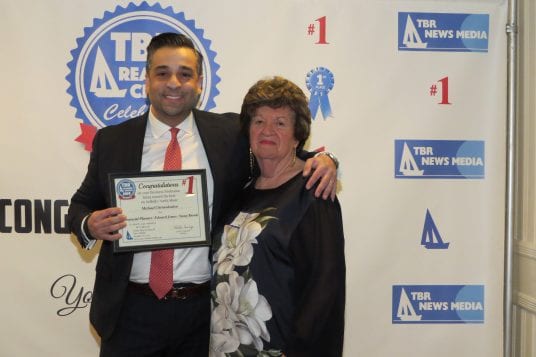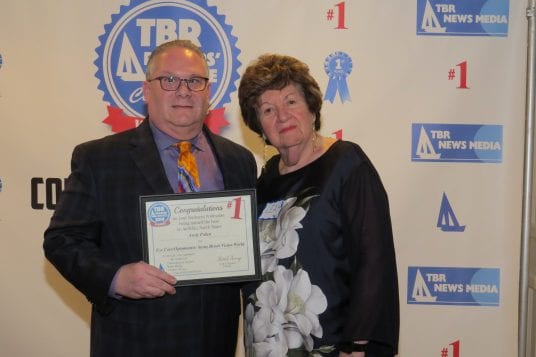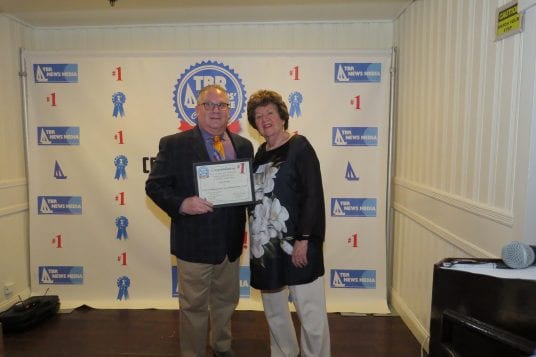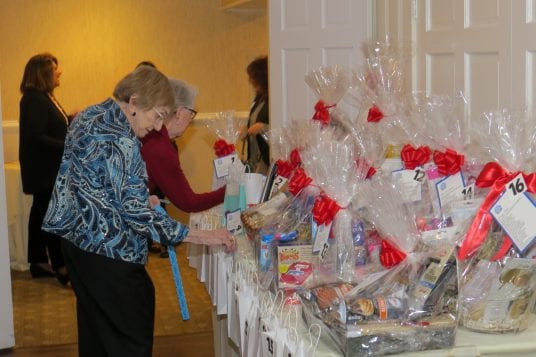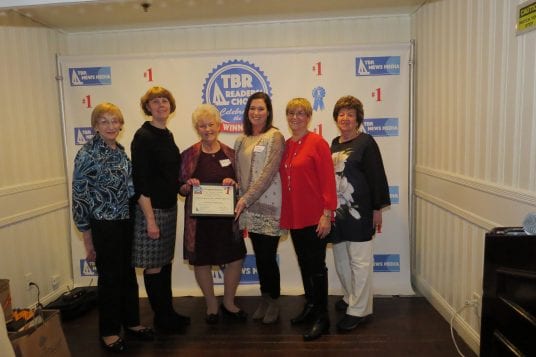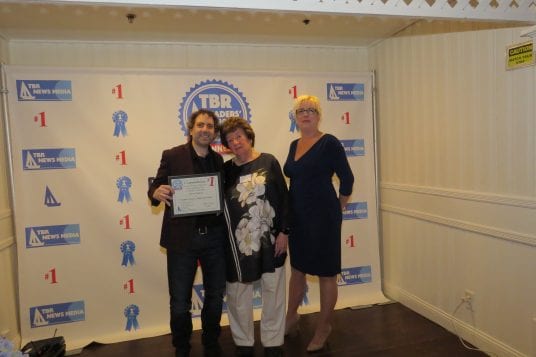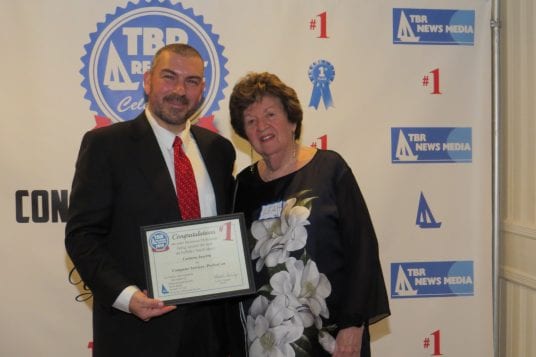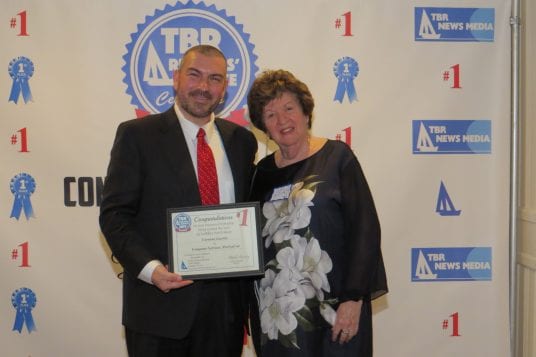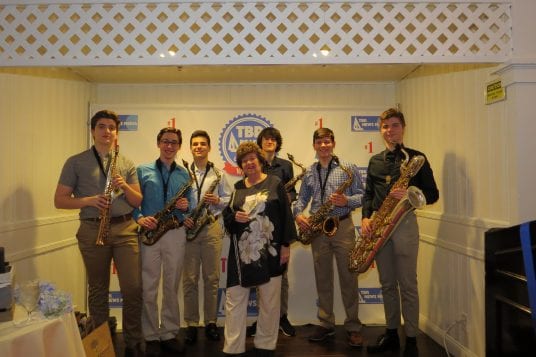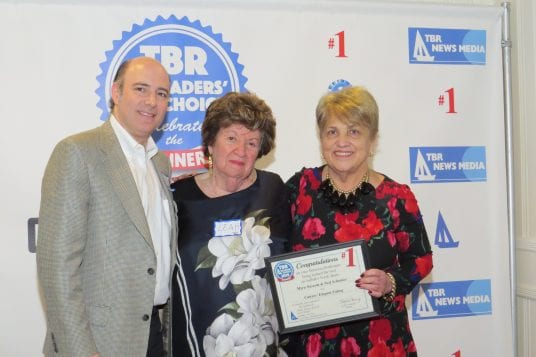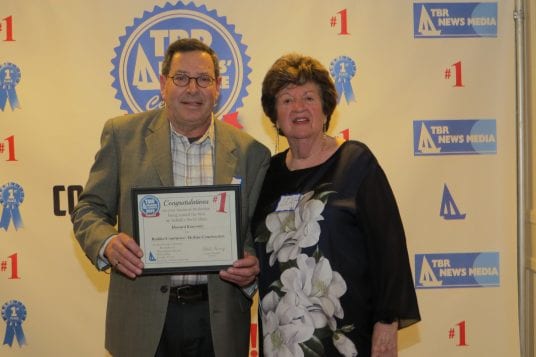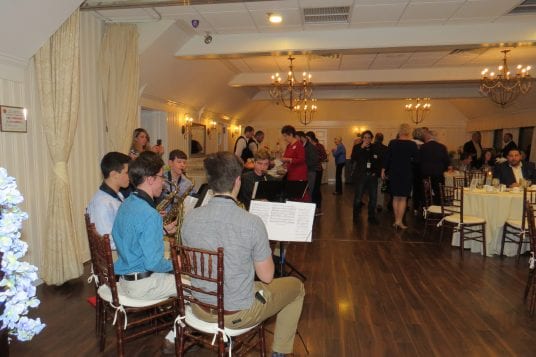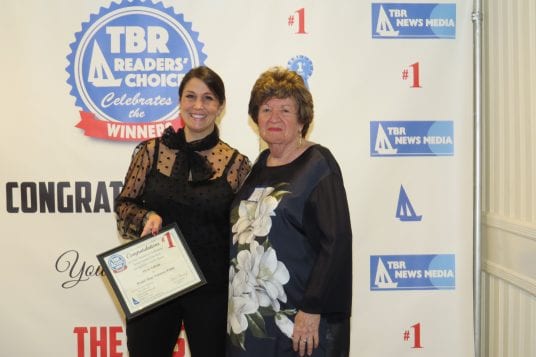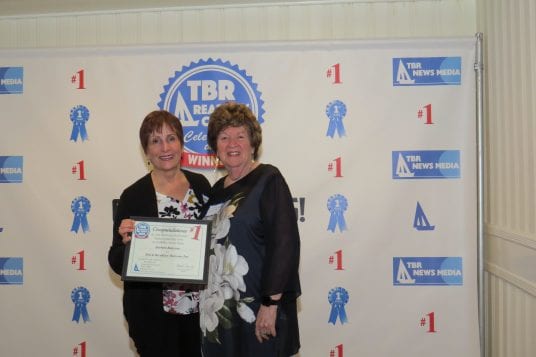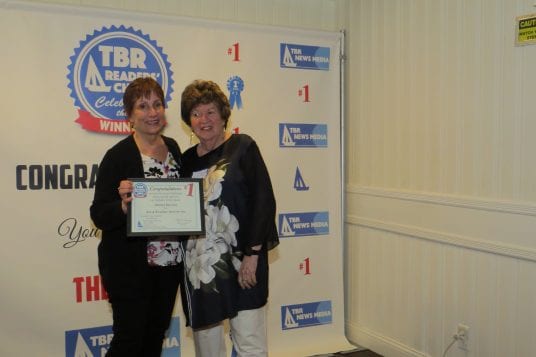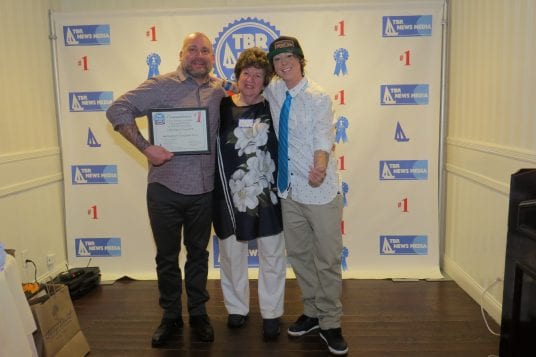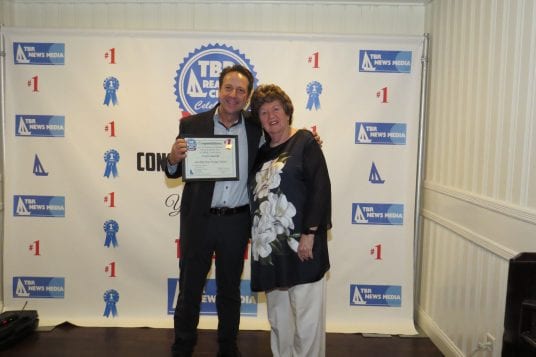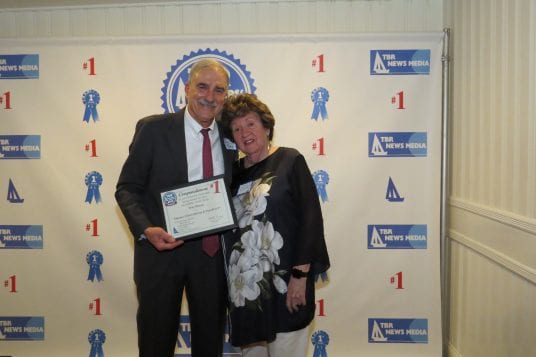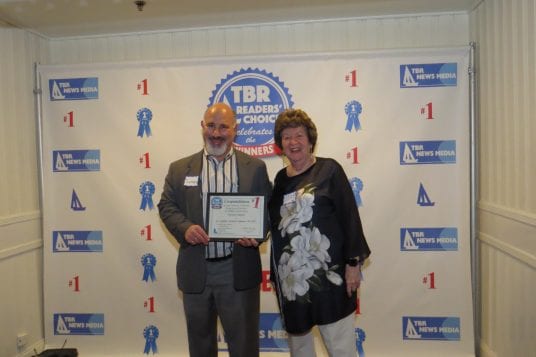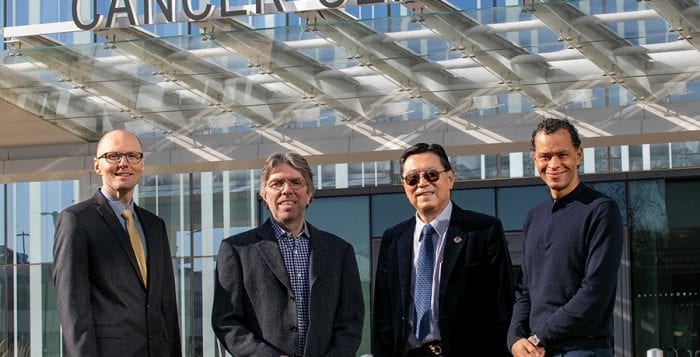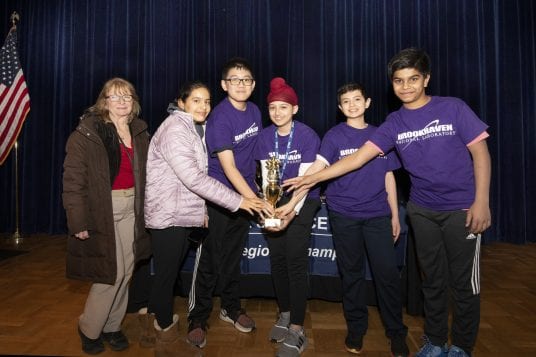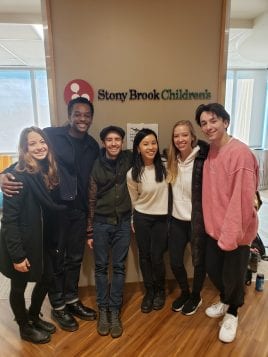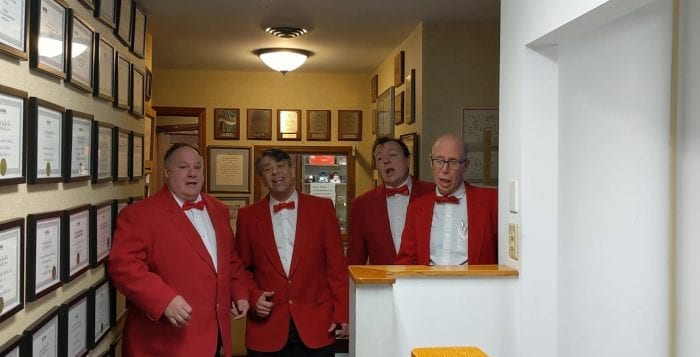By Leah S. Dunaief

This coming Monday my husband and I would have celebrated 57 years of marriage. Except we won’t because he died 32 years ago, just shy of our 25th anniversary. This means that I have been unmarried longer than I was a wife, which makes me something of an expert-of-one on the subject of marrying or being single. It also explains my riveted reading of “They’re More than Happy Not to Get Married,” in the Sunday Styles section of this past week’s New York Times. Say, what?
First, we ought to consider how the idea and institution of marriage have incredibly changed over the last century. Indeed, we have lived through a marriage revolution. I was 22 when I became a bride, considered young today. At the time, my mother told me just before the ceremony, as she was helping me get into my gown, that “I had just missed being an old maid.” After all, she was entitled to that perspective since she married in 1925 at 17.
There was never any question that I would marry. Pretty much all of us in my class expected to marry shortly after graduation. The only question was whom we would marry, and the answer was usually whoever we had been dating — usually chastely — for the preceding couple of years. And we certainly wanted to have our children before we turned 30 and, as women, our reproductive prospects began to dim. One close friend even married before senior year ended and was already pregnant as she crossed the stage to receive her diploma from the college president.
It was the same expectation for men. My husband-to-be was in his last year of medical school. Yup, time to get married. We followed the script, set down by our respective parents and society. The one or two people we overheard saying that they didn’t want to get married or to have children were dismissed as simply being odd. Looking back on it now, it took courage to make either declaration in most of the 20th century.
Welcome to the 21st century, where marriage is considered something of a quaint option. Living together? How romantic! Been together 10 years? You must like each other. Have two children together? How nice. No one thinks to call them by a derogatory name. There is no shame in their unmarried parental state. Oh, decided to marry after these many years? Lovely. Your younger daughter can be the flower girl, your son the ring bearer.
In fact, according to the NYT article written by Hilary Sheinbaum, we’ve gone even further from the centuries’ old norm. Many women are opting out of relationships and finding they prefer to be single, is the latest word on the subject. “Instead of moping over singledom or aggressively trying to find partners with arbitrary deadlines in mind, they are declaring to be happily unmarried and proudly find solace in living solo,” she said. This is despite the many dating apps, matchmakers and sometimes astonishingly frank and graphic love advice out there in magazines, books or Google. And despite raging hormones.
“When you’re not seeking partnership, you are in a very relaxed calm inner space and generally more comfortable with who you are,” said Carla Manly, a clinical psychologist who specializes in relationships and self-awareness and was quoted in the Times.
“A lot of times in relationships, you need to make sacrifices. You don’t have any sacrifices to make when you are on your own. You make all the decisions,” said Genesis Games, another therapist.
According to the U.S. Census Bureau, as recently as 2016, 110.6 million U.S. residents at least 18 years old were unmarried. That is about one-third our population. Women made up 53.2 percent of that number. Many of them might agree with that sentiment.
So, being the self-proclaimed expert on the subject, how do I feel? Yes, being in complete control of one’s own life, at least as far as relationships go, has its satisfactions. It makes for a wonderfully selfish existence. Best of all, however, is to have a choice.


